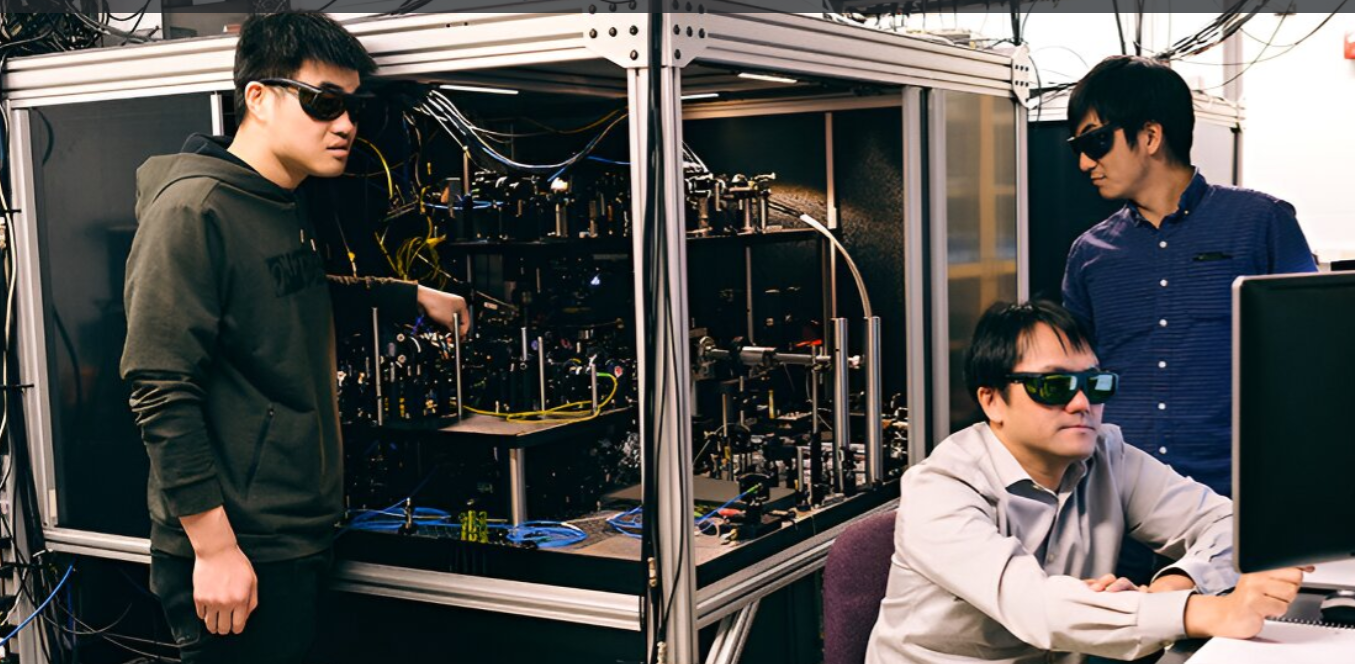Purdue Researchers Trap Atoms to Create Photonic Transistors for Quantum Networks

Researchers at Purdue University have successfully trapped cesium atoms on an integrated photonic circuit, which functions like a transistor for photons, similar to how electronic transistors control electrical signals. This breakthrough, led by Associate Professor Chen-Lung Hung and published in Physical Review X, showcases the potential for building quantum networks using cold-atom integrated nanophotonic circuits.
“We developed a technique to use lasers to cool and tightly trap atoms on an integrated nanophotonic circuit, where light propagates in a small photonic ‘wire,’ or more precisely, a waveguide that is more than 200 times thinner than a human hair,” explained Hung, who is also a member of the Purdue Quantum Science and Engineering Institute.
Hung explained that the atoms were “frozen” to negative 459.67 degrees Fahrenheit, or just 0.00002 degrees above absolute zero, essentially rendering them motionless. At this extremely low temperature, the atoms could be captured by a “tractor beam” aimed at the photonic waveguide and positioned at a distance much shorter than the wavelength of light — approximately 300 nanometers, or about the size of a virus. At this proximity, the atoms could interact very efficiently with photons confined within the photonic waveguide.
Hung further mentioned that using state-of-the-art nanofabrication instruments at the Birck Nanotechnology Center, they patterned the photonic waveguide into a circular shape with a diameter of around 30 microns (three times smaller than a human hair) to create a microring resonator. Light would then circulate within the microring resonator and interact with the trapped atoms, he added.
The research demonstrates how these trapped atoms can gate the flow of light through the circuit, either allowing or blocking photon transmission based on the atoms’ state. This platform could pave the way for future quantum computing and new experiments in light-matter interactions.
The team, all based at Purdue, has been advancing this field for several years and continues to explore new research directions, including efficient atom cooling and trapping on circuits.
Featured image: From left to right: Xinchao Zhou, Prof. Chen-Lung Hung and Hikaru Tamura, Ph.D. Credit: Brian Powell
